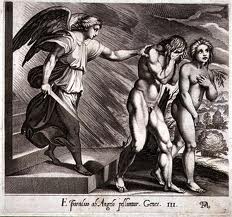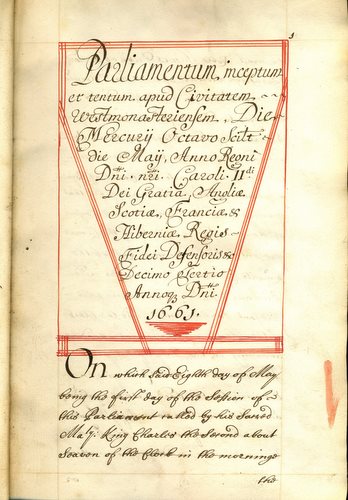Dark Materials, Knowledge in the Seventeenth Century. Honnold/Mudd Library, 2nd floor near north entrance. Dec 1, 2010-Feb 25, 2011.
John Milton (1608-1674) was not only among the most influential of British poets. He was the most directly involved of any British poet in the centers of political power and in the great historical events of the 17th century in Britain. He was also arguably the most learned of the great British poets, even in a learned and bookish century.

This exhibition, drawn from the collections of Special Collections, Honnold Library, and Denison Library of Scripps College, focuses on our holdings of Milton’s most famous work, his epic, Paradise Lost, first issued in 1667, and on books and pamphlets written by his contemporaries who were espousing ideas of religion, nature, science, politics, and philosophy during this turbulent century.
The exhibit was mounted to coincide with the Milton Marathon of 2010. Many thanks to professors Jacque Wernimont of Scripps College and Colleen Rosenfeld of Pomona College who hatched a fantastic plan to read Paradise Lost all day.
Dec 1, 2010 at 7 p.m.: “How Milton Sounds” talk by Jeff Dolven of Princeton University. Dec 2, 2010 at 8 a.m. – 8 p.m. Milton Marathon, Mudd Quad outside the north entrance of Honnold Library.
Come by and read and/or listen to friends and colleagues read Paradise Lost. There’ll be refreshments!
